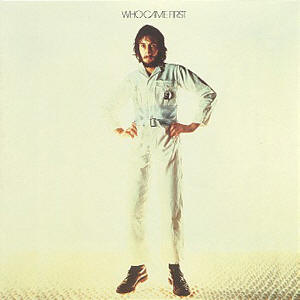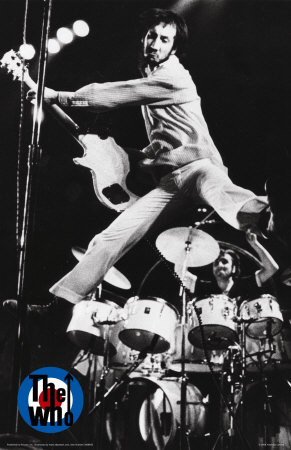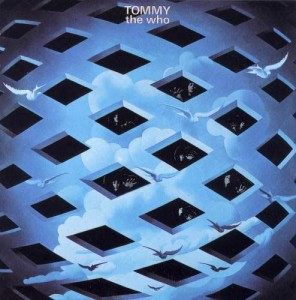Read the first part of this review here.
I haven’t talked a lot about the tracks that were contributed by fellow musicians yet. “Evolution” is Ronnie Lane’s all-acoustic take on a Small Faces track named “The Stone”, with him playing rhythm and Pete leading the way. For its part, “Forever’s Not Time At All” comprises mostly Billy Nicholls’ vocals and Caleb Quaye’s instrumentation – he handles bass, drums and guitars. “Forever’s Not Time At All”, incidentally, was a phrase inspired by Meher Baba. And the same applies to the coda of “Let’s See Action”, as “The Nothing & The Everything” was one of Baba’s teachings.
As far as Pete’s original compositions go, we have “Time Is Passing”, yet another song from the aborted Lifehouse project and one that did not surface as a Who recording until the remastered “Odds & Sods” saw release in 1999. A note on the Who’s version on that disc: what you listen to is only half the song. The other half (including a French horn and the full bass part) are missing, although the exactly opposite version of the song does exist, featuring the missing instruments and lacking the other ones. Some bootlegger even managed to combine the two mixes and come up with the “definitive” version of “Time Is Passing” by the Shepherd Bush’s combo.
The other original track is “Sheraton Gibson” a small ditty about hitting the road. Whether Pete alludes to touring or striking down the pathway of spiritual enlightenment is up to each listener… Continue reading



